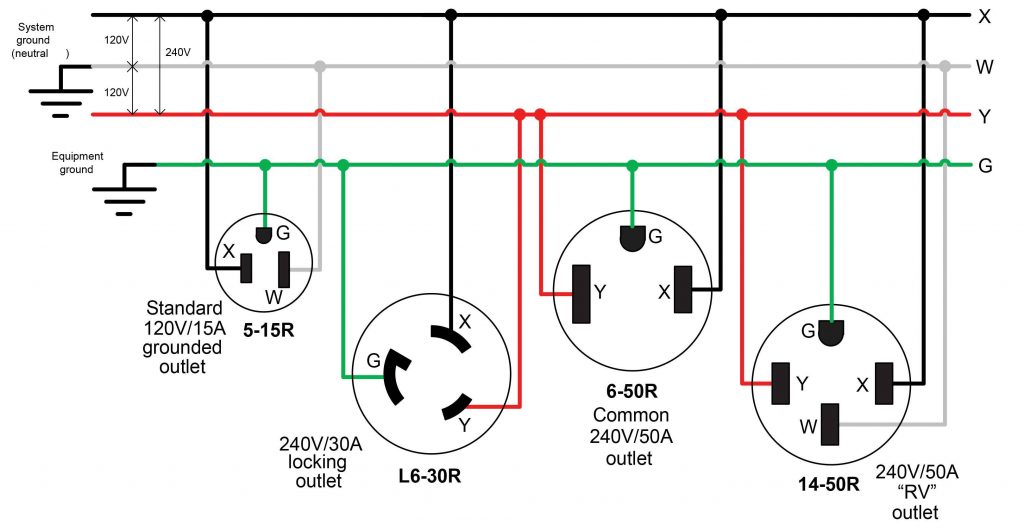

As long as the ground within the European appliance is not in any way connected to the neutral within the European appliance, it appears that this method is doable. You will wirestrip the cut end to wire it into the 240 volt supply. You will cut the 3 pin plug off the extension lead and leave the rest of the extension lead intact. One just needs to purchase a long extension lead that has a receptacle that matches the plug on the kettle (Buy this in the same country where the kettle was bought). I have done this successfully and safely. Several appliances such as European electric kettles can be connected to the US 240 volt supply. However it won't usually be worth the expense of doing the work because it would be more cost-effective to buy (new or secondhand) an equivalent large appliance designed to work on 60 Hz. That is why an appliance designed to be connected onto the 50 Hz system cannot be used safely on the 60 Hz system without first having a proper technical inspection done, followed by any necessary modification work done to ensure that the appliance can be operated safely because, in the main breaker box, at the point where the 60 Hz "neutral" gets connected to the ground, this difference will cause serious problems!Ī licensed electrician or electrical engineer would be able to consider whether or not a particular large appliance, that was manufactured to work on 50 Hz-only, could be modified to run safely at the higher 60 Hz frequency. There is a 240 volt voltage difference between the neutral and the hot conductor in the 50 Hz system and only a 120 volt voltage difference between the neutral and each of the hot conductors in the 60 Hz system. Then the neutral wire returns the current to the power station to complete the circuit. One of the two hot wires feeds a 120 volt alternating voltage from the power station to the 120 volt load - the clock or programmer - and, because the voltage is alternating, that load draws an alternating current. a safety "ground" wire but this is not required if the appliance is of the type known as "double insulated".a neutral wired as a "central" common current return conductor:.two 120 volt 60 Hz live "hot legs" which run in opposing phase to one another: when one hot leg goes "+" (120 volts positive) the other leg goes "-" (120 volts negative).Thus an appliance designed to run on a 240/120 volt 60 Hz supply can have up to 4 wires altogether: (For example kitchen ranges or washing machines which have time clocks or programmers that require only a 120 volt feed.)

#240 volt plug in plus
The only time a cable with three wires plus safety ground is used is if 120/240 volts is needed in the equipment. (For example 240 volt 60 Hz base board heaters use that.) Then the neutral wire returns the current to the power station to complete the circuit.Īn appliance that is designed to be connected to strictly 240 volts 60 Hz is connected with only a two wire cable plus a safety ground wire. The hot wire feeds alternating voltage from the power station to the load and, because the voltage is alternating, the load draws an alternating current.



 0 kommentar(er)
0 kommentar(er)
